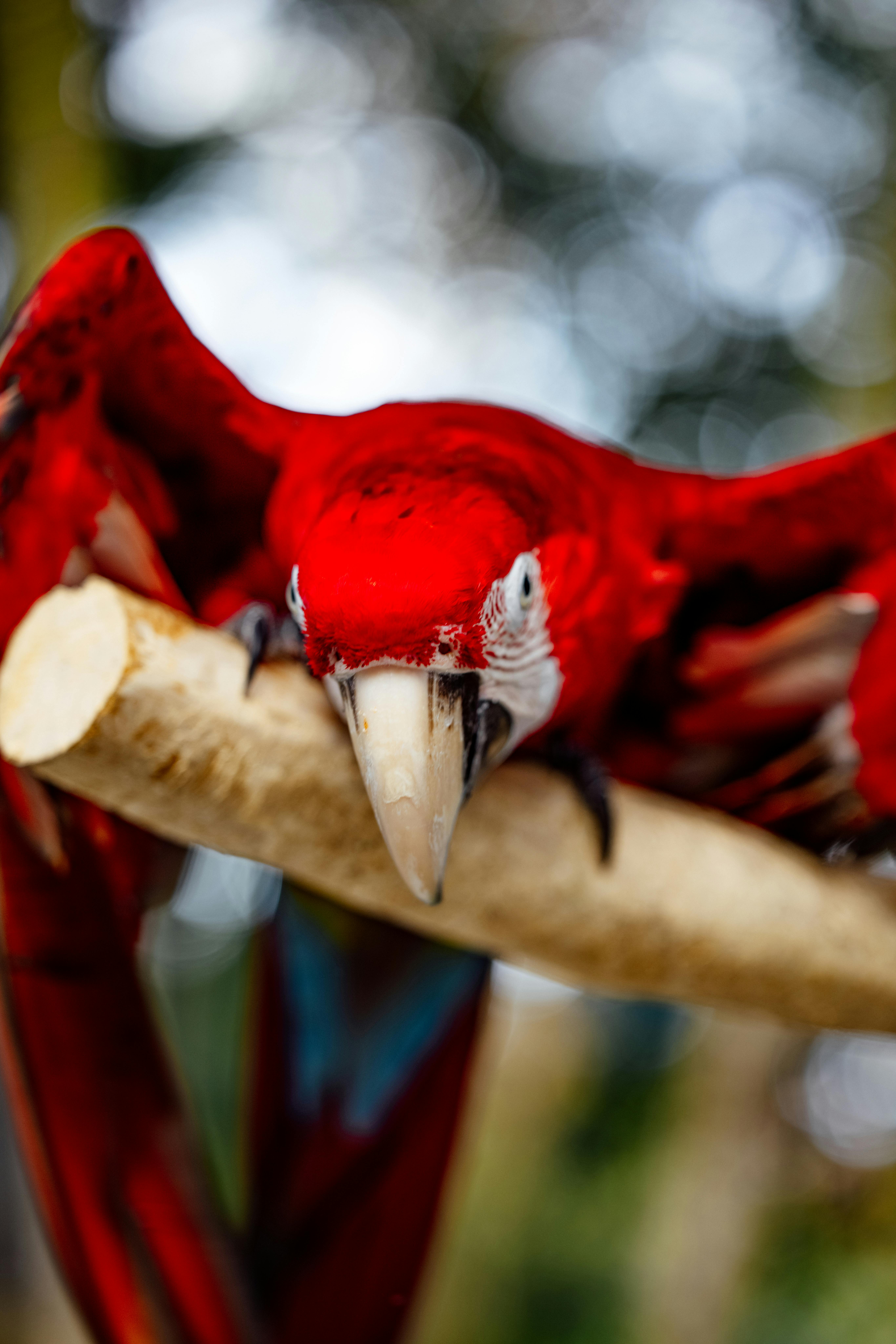Smart Ways to Choose the Best Tetras for Your Aquarium in 2025

Best 7 Types of Tetras to Consider for Your Freshwater Aquarium in 2025
Tetras are one of the most popular choices among aquarium enthusiasts due to their striking colors, peaceful demeanor, and schooling behavior. If you're considering adding some of these vibrant fish to your freshwater aquarium in 2025, you've come to the right place. In this article, we will explore the best types of tetras, their care requirements, compatibility, and how they can enhance your aquatic environment.
Popular Tetras for Freshwater Aquariums
When it comes to choosing fish for your aquarium, selecting the right types of tetras is crucial. These freshwater tetras not only enhance the visual appeal of your aquarium but also contribute to a healthy aquatic environment when selected properly. Let’s dive into some of the most popular and colorful tetras that you might want to include in your setup.
1. Neon Tetra
The **neon tetra** is perhaps the most iconic of all tetra fish species. Known for their shimmering blue and red coloration, these small fish are perfect for community tanks. Neon tetras are ideal for beginners due to their hardy nature and compatibility with a variety of tank mates. They thrive in groups of 5 or more, showcasing beautiful **schooling behavior** as they swim together. For optimal care, maintain a temperature range of 70-81°F (21-27°C) and ensure a well-planted tank for shelter.
2. Cardinal Tetra
Similar to the neon tetra, the **cardinal tetra** features vibrant blue and red stripes but is generally larger and more brightly colored. These tetras are often recommended for more mature aquariums with stable water conditions. They prefer a pH level of 5.5 to 7.0 and a warm tank environment. Like neon tetras, cardinal tetras are schooling fish and exhibit a remarkable beauty when swimming in groups. This makes them an excellent choice for a community aquarium setup.
3. Black Neon Tetra
The **black neon tetra** is another stunning variety, easily identified by its distinctive black horizontal stripes accenting the fish’s shimmering body. These modest-sized fish are peaceful and should be kept in schools of six or more. They flourish in a slightly acidic to neutral pH range and prefer subdued lighting with plenty of hiding spots among aquatic plants. Their elegant movement and unique coloration make them a fantastic addition to either a nano aquarium or a larger tank.
4. Glowlight Tetra
True to its name, the **glowlight tetra** emanates a gentle glittery glow through its body due to the phosphorescent properties of its scales. These fish are best housed in groups for their impressive schooling behaviors and generally thrive in soft, acidic water. They reach a modest size of about 1.5 inches and display bright orange to red hues along their lateral line. Including glowlight tetras in your aquarium can enhance its overall aesthetic while requiring minimal care.
Care for Tetras
Understanding the care requirements for tetras is vital for maintaining a thriving aquarium. While many tetras share similar needs, certain species may require additional attention to ensure their well-being. Here are the essential components in providing excellent care for your tetras.
Feeding Tetras Properly
Feeding tetras involves a balanced diet primarily consisting of high-quality flakes or pellets catered to small tropical fish. Occasional supplementation with live or frozen foods such as brine shrimp or daphnia can enhance their nutritional intake. Observe their feeding habits closely, as overfeeding can lead to water quality issues in your aquarium. Maintaining excellent **water conditions** is crucial for the health of your tetras, so be sure to perform regular water changes to keep nitrate levels low.
Tetra Tank Compatibility and Setup
Choosing suitable tank mates for your tetras is essential to avoid stress and aggression in your aquarium. Gentle **community fish** such as shrimp, guppies, and other tetras make excellent partners for your school of tetras. Additionally, set up your aquarium with plenty of plants, driftwood, and hiding spots to mimic their natural habitat and provide a sense of security. Providing an environment with both open swimming space and sheltered areas will encourage natural behaviors and enjoyment of the tank.
Maintaining Water Conditions for Tetras
Caring for tetras necessitates strict attention to water parameters. These delightful fish prefer softly acidic to neutral water ranging between a pH of 6.0 to 7.5, with temperatures from 70°F to 80°F (21°C to 27°C). Regular testing of your aquarium's water quality is essential; invest in reliable **aquarium testing kits** to monitor ammonia, nitrite, and nitrate levels. Keeping these levels in check will minimize stress and promote healthy growth and behavior in your tetras.
Unique Tetra Species to Explore
Beyond the more commonly known tetras, there are some **exotic tetras** that can bring unique charm to your aquarium setup. Exploring these less common species can open new doors in fishkeeping while enhancing biodiversity in your aquatic environments.
5. Rummy Nose Tetra
The **rummy nose tetra** is notable for its vibrant red nose and stunning contrasting patterns. These small tetras thrive in schools and are often best kept in large groups to exhibit their full beauty in the aquarium. They usually prefer slightly acidic water and a well-planted habitat that mimics their natural surroundings. Their fascinating behavior and striking appearance will not only make them an excellent addition but will draw the admiration of your guests as well.
6. Lemon Tetra
The cheerful **lemon tetra** boasts a bright yellow hue, making them stand out in any freshwater setting. They have similar care requirements to other tetras, including a preference for slightly acidic to neutral water. Lemon tetras are sociable fish that need to be kept in groups of 5 or more. Their peaceful nature makes them compatible with many types of community fish, adding a splash of color to your tank.
7. Serpae Tetra
Finally, we cannot overlook the **serpae tetra**, recognized for their bright red coloring and sharp dorsal fins. While sometimes noted for their slightly more assertive temperament, they can coexist with other non-aggressive fish when in spacious tanks with plenty of hiding spots. A diverse freshwater community setup can alleviate any aggressive tendencies, ensuring successful coexistence in your aquarium environment.
Key Takeaways
- Tetras are beautiful and peaceful additions to any freshwater aquarium.
- Popular types of tetras include neon, cardinal, black neon, glowlight, rummy nose, lemon, and serpae tetras.
- It's important to maintain proper water conditions and monitor tank mates for compatibility.
- Regular water changes and quality feeding routines are crucial for their health and longevity.
- Researching unique species can lead to an enriched aquarium experience.
FAQ
1. What are the best types of tetras for beginners?
The best **tetras for beginners** include neon tetras and glowlight tetras due to their hardiness and ease of care. These species adapt well to most freshwater conditions and can thrive in typical community tank setups.
2. How do I set up a tank for tetras?
Setting up a tank for tetras involves ensuring appropriate water conditions (pH, temperature), incorporating plants and decorations for cover, and maintaining a school of at least 5-6 tetras for optimal social behavior. Be sure to cycle your aquarium before introducing your fish to establish healthy biological filtration.
3. Can tetras breed in a community tank?
While tetras can breed in a **community tank**, successful breeding is often more favorable in a dedicated breeding setup. Males and females may need separate space for breeding, along with specific water conditions to promote egg laying.
4. What should I feed my tetras?
Tetras typically thrive on high-quality flakes or pellets designed for tropical fish. Supplementing their diet with live or frozen food two to three times a week can promote better coloration and health. It’s crucial to avoid overfeeding and maintain good water quality afterward.
5. How long do tetras live?
On average, tetras have a lifespan of about 5 to 10 years, depending on their species and care conditions. Providing proper water conditions, diet, and a stress-free environment can positively impact their longevity.
By choosing the right types of tetras and ensuring they are well cared for, you can create a stunning and harmonious aquatic environment in your freshwater aquarium for years to come.

